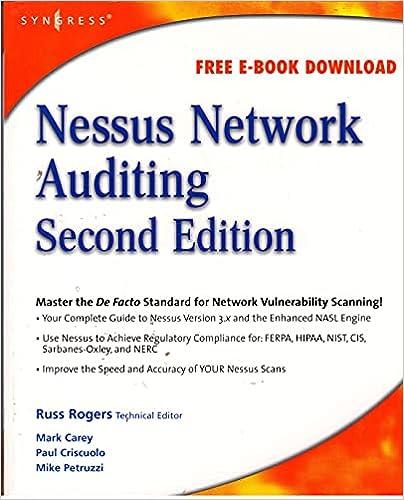
Assignment Problem Ten - 2 (Excess RRSP Contributions) As she was attending university during 2016, 2017, and 2018, Karla had no Earned Income for RRSP purposes in any of these three years. However, before returning to university she had been employed and, reflecting this, on January 1, 2018, she has RRSP deduction room of $21,300. She also has undeducted contributions on this date of $15,250. She returned to work on a part time basis in 2019, resulting in Earned Income for RRSP pur- poses of $19, 100. Also during 2019, she receives a bequest from the estate of her father in the amount of $225,000. She immediately contributes $25,000 of this inheritance to her RRSP. She does not deduct any RRSP contributions during this year. She also makes sufficient charitable donations that her 2019 Tax Payable is reduced to nil. During 2020, she resumes full time employment, resulting in a 2020 Earned Income for RRSP purposes of $47,800. While she claims her maximum RRSP deduction for 2020, she makes no further contributions to the plan during the year. Required: A. Determine Karla's maximum RRSP deduction for 2020. B. Determine the ITA 204.1 penalty (excess RRSP contributions) that would be assessed to Karla for the year ending December 31, 2020. C. Determine the amount of contributions that Karla would have to withdraw from her RRSP on January 2, 2021, in order to avoid being assessed a penalty under ITA 204.1. What advice would you give to Karla regarding her retirement savings? Assignment Problem Ten - 2 (Excess RRSP Contributions) As she was attending university during 2016, 2017, and 2018, Karla had no Earned Income for RRSP purposes in any of these three years. However, before returning to university she had been employed and, reflecting this, on January 1, 2018, she has RRSP deduction room of $21,300. She also has undeducted contributions on this date of $15,250. She returned to work on a part time basis in 2019, resulting in Earned Income for RRSP pur- poses of $19, 100. Also during 2019, she receives a bequest from the estate of her father in the amount of $225,000. She immediately contributes $25,000 of this inheritance to her RRSP. She does not deduct any RRSP contributions during this year. She also makes sufficient charitable donations that her 2019 Tax Payable is reduced to nil. During 2020, she resumes full time employment, resulting in a 2020 Earned Income for RRSP purposes of $47,800. While she claims her maximum RRSP deduction for 2020, she makes no further contributions to the plan during the year. Required: A. Determine Karla's maximum RRSP deduction for 2020. B. Determine the ITA 204.1 penalty (excess RRSP contributions) that would be assessed to Karla for the year ending December 31, 2020. C. Determine the amount of contributions that Karla would have to withdraw from her RRSP on January 2, 2021, in order to avoid being assessed a penalty under ITA 204.1. What advice would you give to Karla regarding her retirement savings







